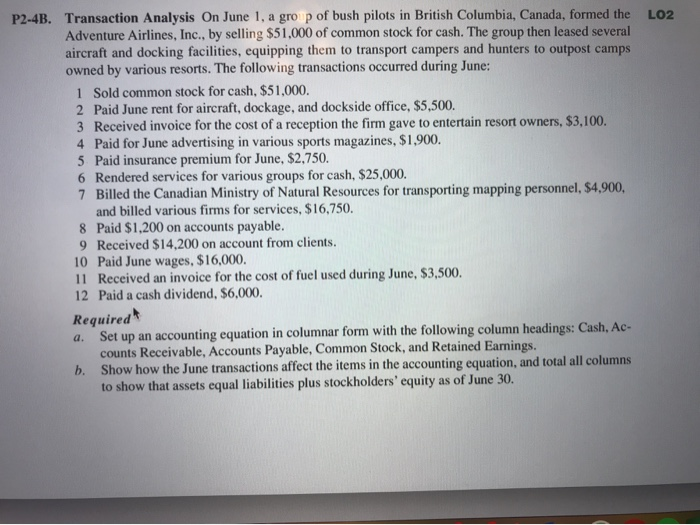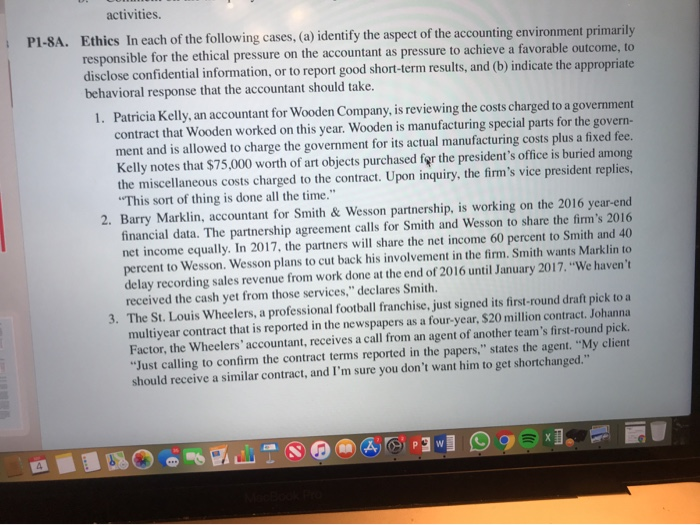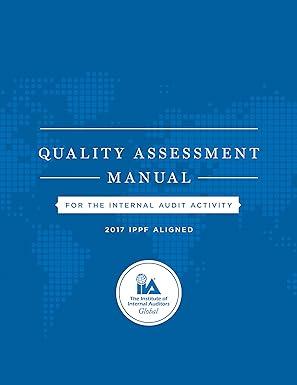P2-4B. Transaction Analysis On June 1, a grop of bush pilots in British Columbia, Canada, formed the Adventure Airlines, Inc., by selling $51,000 of common stock for cash. The group then leased several aircraft and docking facilities, equipping them to transport campers and hunters to outpost camps LO2 owned by various resorts. The following transactions occurred during June: 1 Sold common stock for cash, $51,000. 2 Paid June rent for aircraft, dockage, and dockside office, $5,500. 3 Received invoice for the cost of a reception the firm gave to entertain resort owners, $3,100. 4 Paid for June advertising in various sports magazines, $1,900 5 Paid insurance premium for June, $2,750. 6 Rendered services for various groups for cash, $25,000. 7 Billed the Canadian Ministry of Natural Resources for transporting mapping personnel, $4,900, and billed various firms for services, $16,750. 8 Paid $1,200 on accounts payable. 9 Received $14,200 on account from clients. 10 Paid June wages, $16,000. 11 Received an invoice for the cost of fuel used during June, $3,500. 12 Paid a cash dividend, $6,000. Required a. Set up an accounting equation in columnar form with the following column headings: Cash, Ac- counts Receivable, Accounts Payable, Common Stock, and Retained Earnings. b. Show how the June transactions affect the items in the accounting equation, and total all columns to show that assets equal liabilities plus stockholders' equity as of June 30. activities. Pl-8A. Ethics In each of the following cases, (a) identify the aspect of the accounting environment primarily responsible for the ethical pressure on the accountant as pressure to achieve a favorable outcome, to disclose confidential information, or to report good short-term results, and (b) indicate the appropriate behavioral response that the accountant should take. 1. Patricia Kelly, an accountant for Wooden Company, is reviewing the costs charged to a government contract that Wooden worked on this year. Wooden is manufacturing special parts for the govern- ment and is allowed to charge the government for its actual manufacturing costs plus a fixed fee. Kelly notes that $75,000 worth of art objects purchased fer the president's office is buried among the miscellaneous costs charged to the contract. Upon inquiry, the firm's vice president replies, "This sort of thing is done all the time." 2. Barry Marklin, accountant for Smith & Wesson partnership, is working on the 2016 year-end financial data. The partnership agreement calls for Smith and Wesson to share the firm's 2016 net income equally. In 2017, the partners will share the net income 60 percent to Smith and 40 percent to Wesson. Wesson plans to cut back his involvement in the firm. Smith wants Marklin to delay recording sales revenue from work done at the end of 2016 until January 2017, "We haven't received the cash yet from those services," declares Smith. 3. The St. Louis Wheelers, a professional football franchise, just signed its first-round draft pick to a multiyear contract that is reported in the newspapers as a four-year, $20 million contract. Johanna Factor, the Wheelers' accountant, receives a call from an agent of another team's first-round pick. "Just calling to confirm the contract terms reported in the papers," states the agent. "My client should receive a similar contract, and I'm sure you don't want him to get shortchanged." W A








